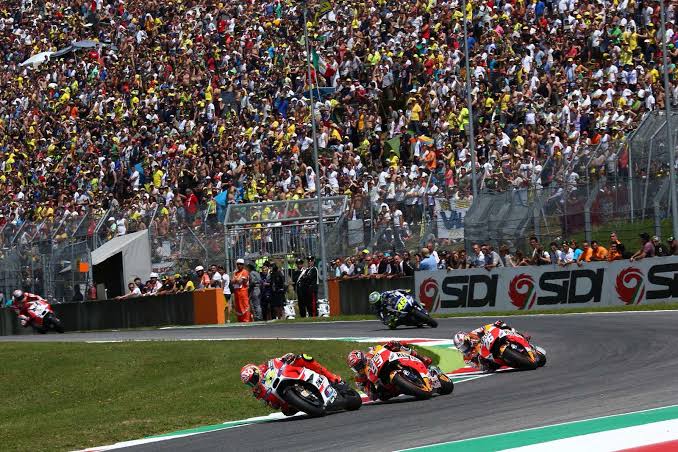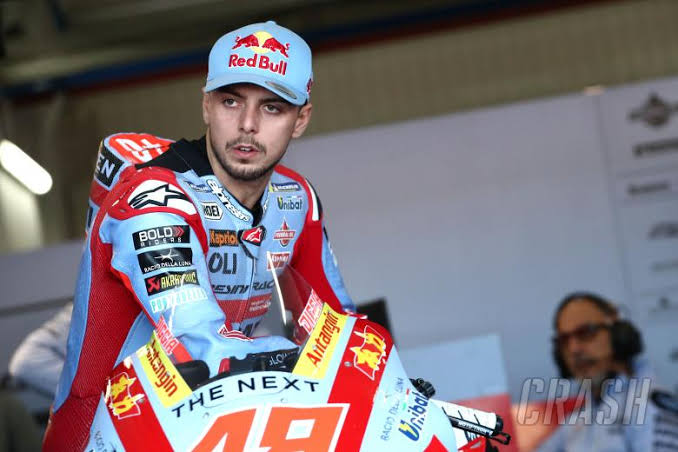FIA To Test More Aggressive Design Of Anti-spray Hubcaps In F1
Formula 1 has always been a sport of innovation and constant improvement. While the focus often rests on speed and technology, safety and race quality are equally important. The challenge of excessive spray in wet conditions has plagued the sport for years, impacting driver visibility and race excitement. In response to this issue, the FIA is set to take a bolder step forward by testing a more aggressive design of anti-spray hubcaps. Let’s delve into the details of this endeavor and its potential impact on the world of Formula 1.
The Silverstone Test: A Valuable Lesson
In July, the motorsport community witnessed the first test of hubcaps designed to reduce spray from F1 cars. Conducted at Silverstone, this initial experiment aimed to mitigate the issue that has long marred wet races. Unfortunately, the results were far from groundbreaking. The wheel fairings used in the test only marginally decreased the spray, highlighting the need for a more effective solution.
Nikolas Tombazis’ Insights:
Nikolas Tombazis, the FIA’s director of single-seaters, shared valuable insights into the Silverstone test. He described it as “overly optimistic” due to the limited coverage provided by the spray guards on the wheels. Tombazis expressed skepticism about achieving significant results with this approach, signaling the necessity of a more comprehensive test.
The Complexity of the Challenge:
Reducing spray in Formula 1 is not a one-dimensional problem. Several factors contribute to this issue, including water extracted from the tires, water accumulation between the wheel and the asphalt, and water stagnation in floor cracks. These factors combine to create visibility challenges for drivers during wet races.
The Ultimate Goal: Substantial Spray Reduction
The primary objective of the FIA’s efforts is not complete spray elimination but rather a substantial reduction. Tombazis stressed that effectively managing this aspect of the issue would significantly enhance driver visibility during wet races. This step is pivotal for improving safety and the overall race quality in adverse weather conditions.
Balancing Act with Aerodynamics:
Implementing a more aggressive wheel covering solution raises concerns about its impact on car aerodynamics. Tombazis acknowledged that performance could be affected but emphasized that all teams would face the same challenges. The priority remains safety and spray reduction, even if it means sacrificing some aerodynamic performance.
Exploring Alternative Solutions:
F1 CEO Stefano Domenicali has hinted at exploring alternative solutions to reduce spray, such as limiting the amount of water expelled by the diffuser. While aerodynamics are a crucial consideration, the overarching goal is to improve driver visibility and safety.
The FIA’s commitment to addressing the spray issue in Formula 1 is unwavering. The initial test at Silverstone served as a valuable lesson, highlighting the need for a more ambitious approach. As the FIA gears up for its next round of testing with more aggressive anti-spray hubcaps, the motorsport world eagerly anticipates a breakthrough that could revolutionize wet races and enhance safety for drivers. While challenges persist, Formula 1’s relentless pursuit of innovative solutions underscores its commitment to delivering exciting and safe racing experiences for fans worldwide.






















